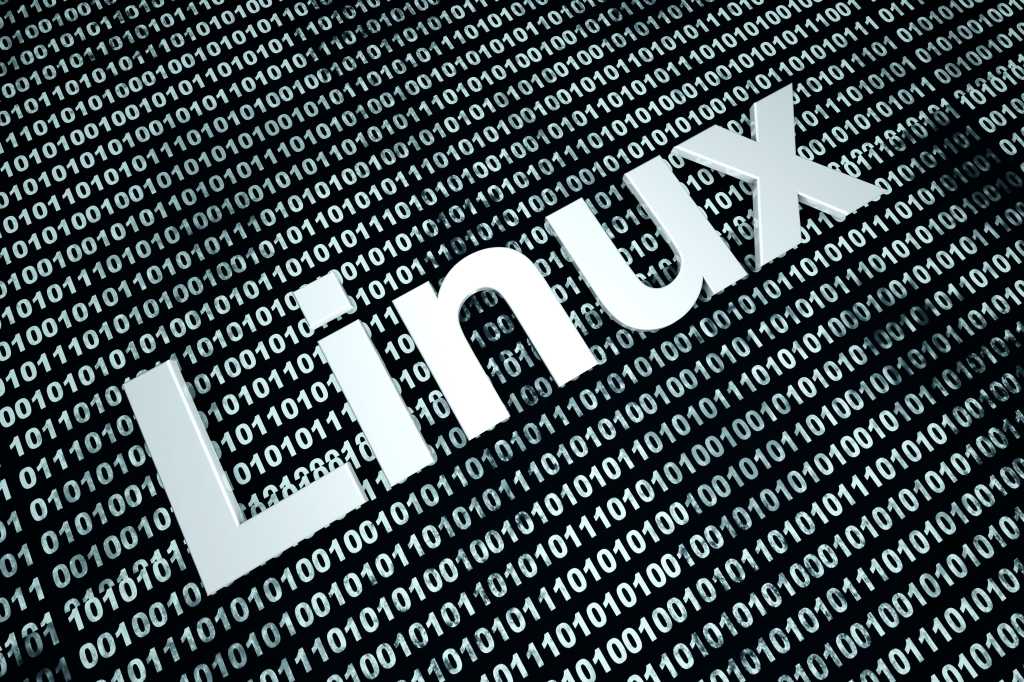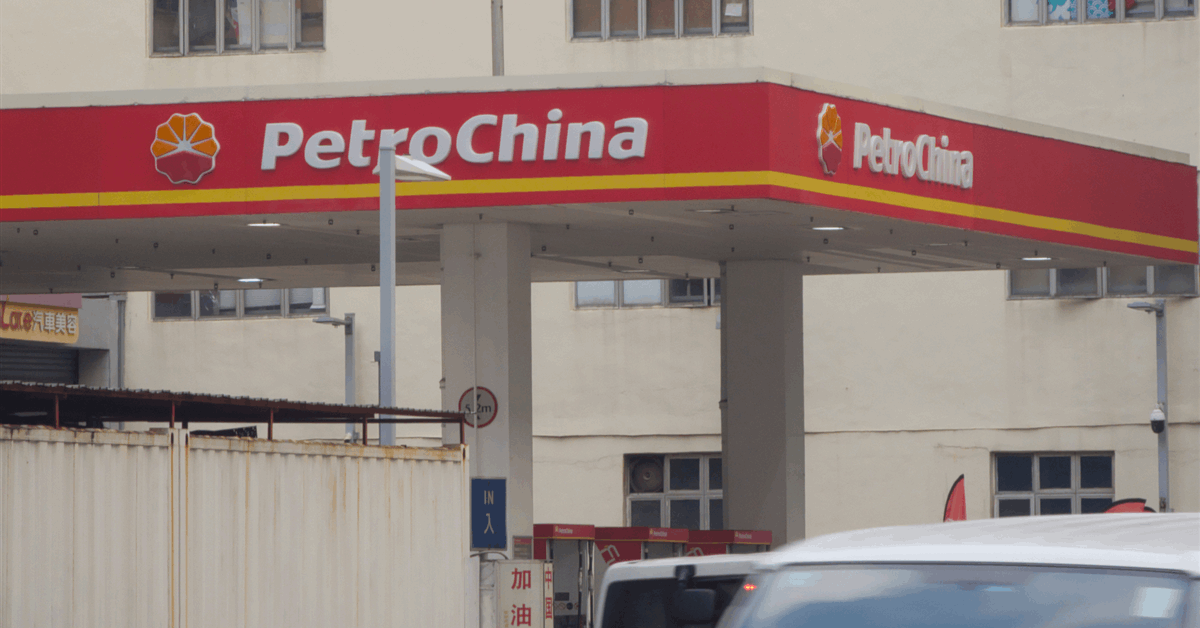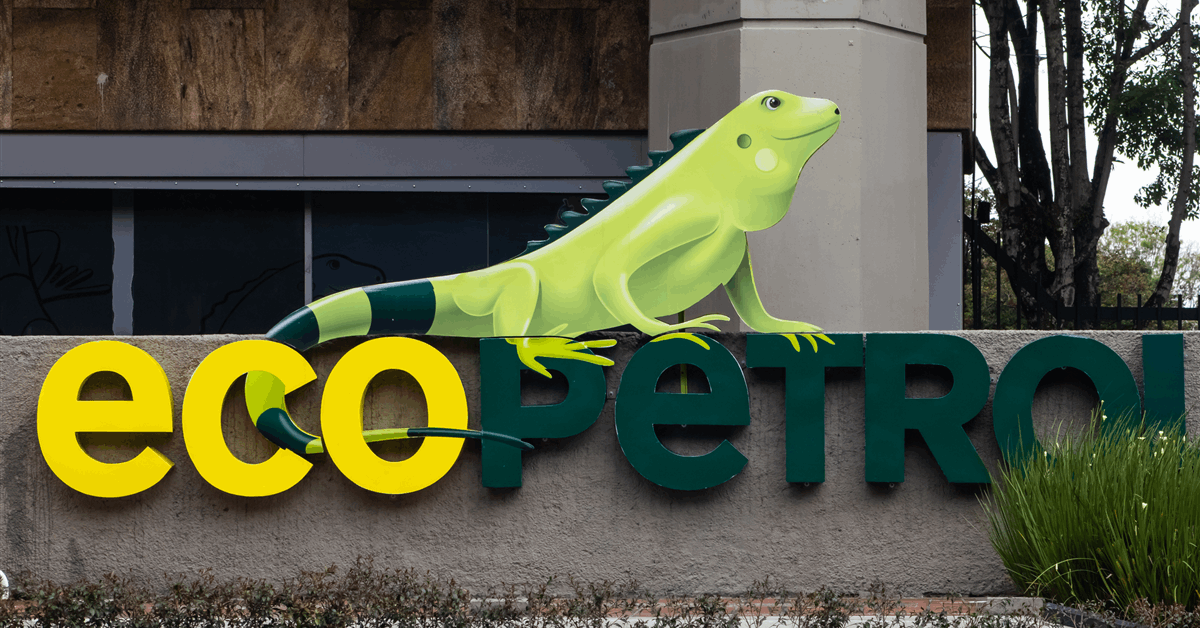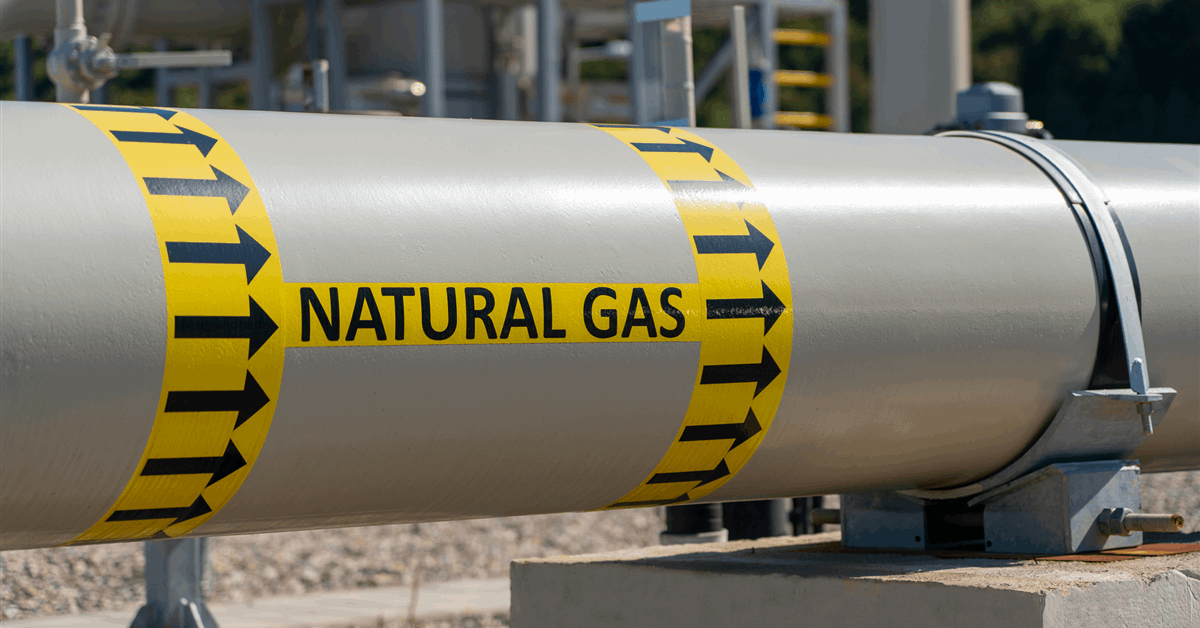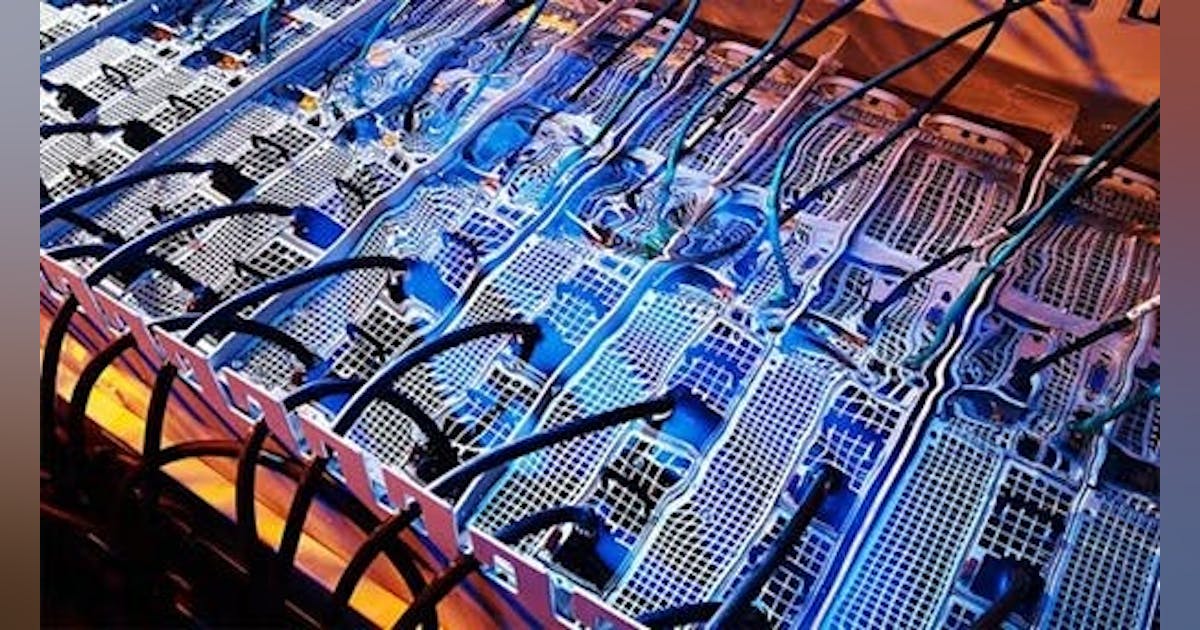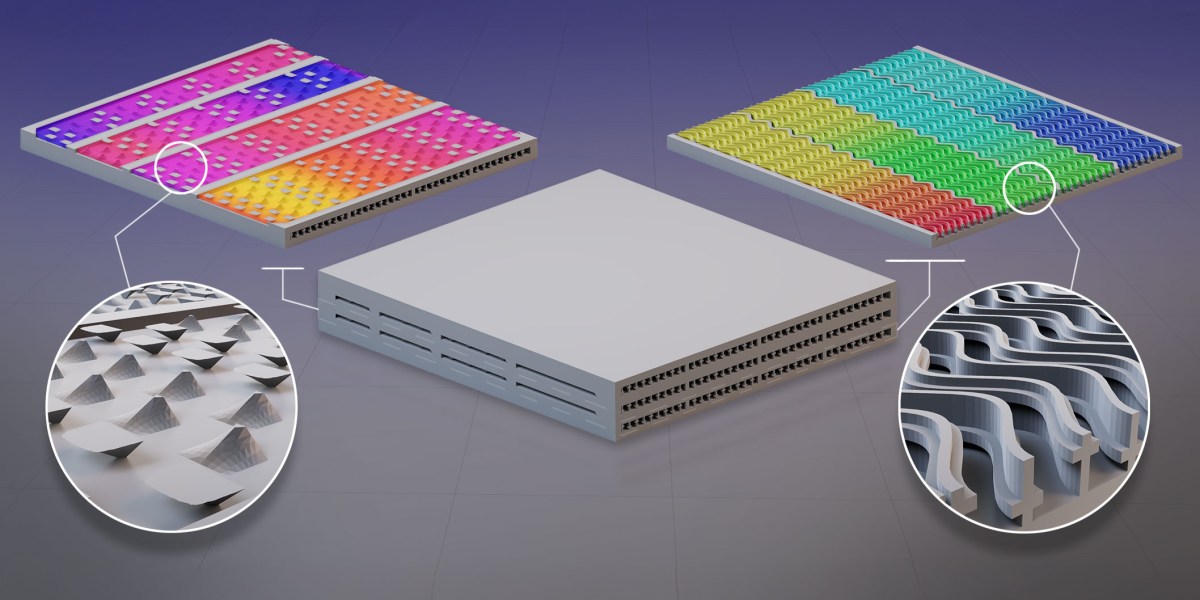
In a statement posted on its website on Thursday, Repsol Resources UK Limited announced a “strategic consolidation of Repsol Resources UK with NEO UK to form NEO NEXT”.
“Repsol is pleased to announce a landmark agreement to consolidate its UK North Sea upstream business with NEO Energy Group Limited, a leading independent UK oil and gas operator, through a share for share combination,” Repsol noted in the statement.
“The resulting joint venture will position itself as a robust and diversified UK North Sea-focused oil and gas company that is poised to become one of the largest independent producers in the UK Continental Shelf (UKCS),” it added.
Repsol highlighted in the statement that this strategic combination will “significantly enhance the operational scale, efficiency, and growth prospects of the combined entity, while also reinforcing Repsol E&P’s long-term commitment to maximizing the value of its UK assets”.
The new joint venture has projected 2025 production of approximately 130,000 barrels of oil equivalent per day, according to the statement, which said the combined company’s enhanced and competitive positioning is expected to drive substantial growth and long-term value creation for shareholders.
In the statement, Repsol said the new entity will operate “a highly diversified portfolio, including 11 production hubs and substantial undeveloped reserves” and noted that the combined group is targeting synergies exceeding $1 billion. It added that the leadership of new joint venture will be guided by a joint executive team, representing both Repsol UK and NEO UK.
Repsol also outlined in the statement that Repsol E&P will retain a decommissioning funding commitment “up to a nominal amount of $1.8 billion, representing approximately a 40 percent of the decom liabilities related to its legacy assets”. It also said Repsol E&P will continue to provide decommissioning security for existing Repsol E&P legacy assets.
On deal completion, the joint venture will be owned by Repsol E&P Group (45 percent) and NEO UK (55 percent), the statement highlighted. This equity split reflects the contributions and strategic alignment of both parties in the creation of a market-leading entity in the UKCS, Repsol said in the statement, which pointed out that completion of the transaction is expected in the third quarter.
“This combination will create a jointly governed business which will call upon the key strengths of both shareholders,” Francisco Gea, CEO of Repsol E&P, said in the statement.
“Repsol contributes operational capabilities on production, development, and decommissioning activities which will be combined with NEO Energy expertise on financial and commercial matters,” he added.
“We believe this combined business has many more opportunities for profitable growth in the basin and beyond,” he continued.
In a statement posted on its site on Thursday, NEO Energy announced a strategic merger with Repsol Resources UK, “creating a leading independent producer in the North Sea”.
NEO Energy highlighted in its statement that the combined business will have “a large and diverse asset portfolio which is expected to generate material cashflows and provide a platform for organic and inorganic growth”.
“This is a great deal for all stakeholders,” John Knight, Chair of NEO Energy, said in NEO Energy’s statement.
“Our strategy can be summarized as ‘Resilience, Yield, and Growth’. The combined company has much more scale and diversity and opportunities for cost consolidation and portfolio high grading giving resilience despite the tough conditions in the UK,” he added.
“The benefits of synergies from consolidation will create much stronger value creation, profit and cash flow yield for shareholders and more options for capital allocation decisions well into the next decade,” he continued.
“But this company will also be very well positioned to choose both organic and inorganic growth. We will certainly look to be making more value accretive acquisitions. We have known Repsol E&P for many years and have the highest regard for them as a capable and reliable partner,” he went on to state.
Rigzone has asked both companies if the combination will lead to any job losses. At the time of writing, neither have responded to Rigzone.
To contact the author, email [email protected]



